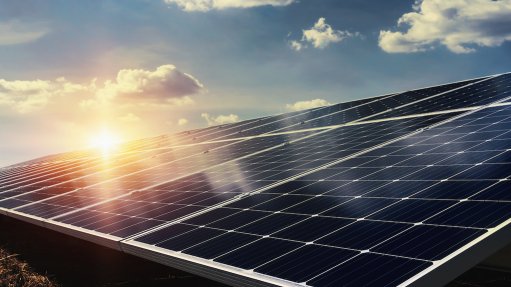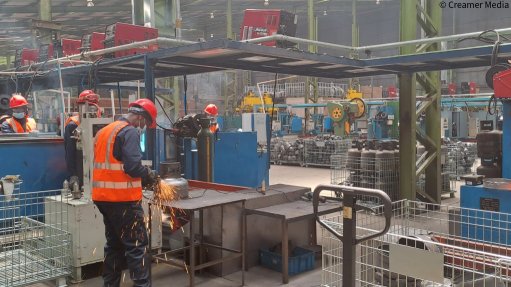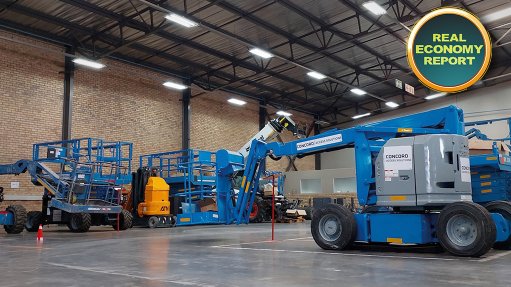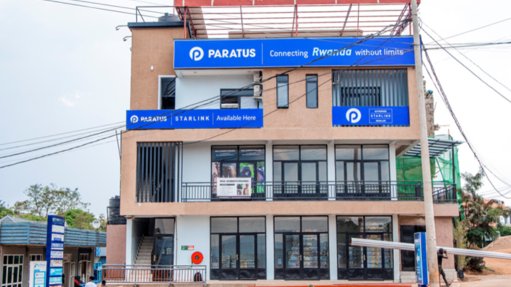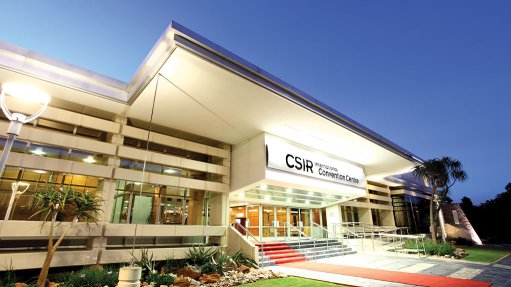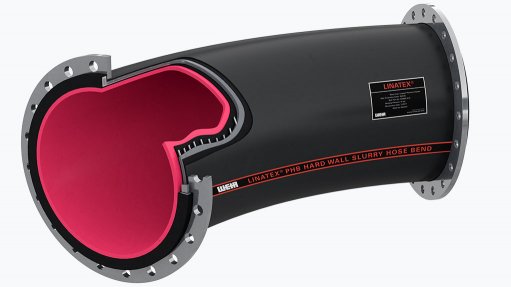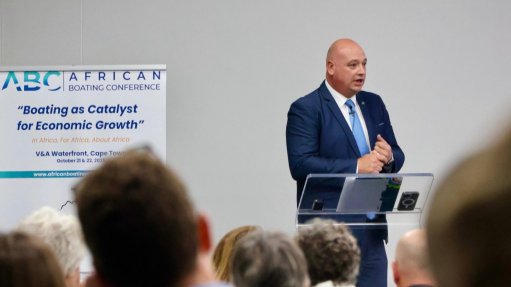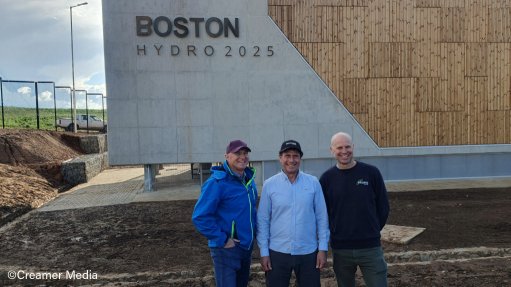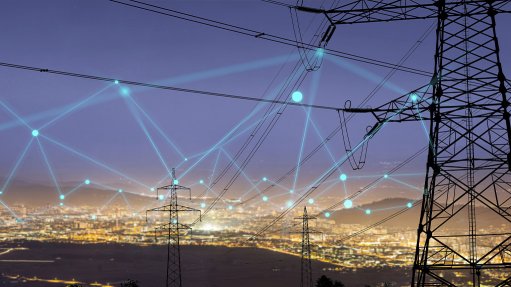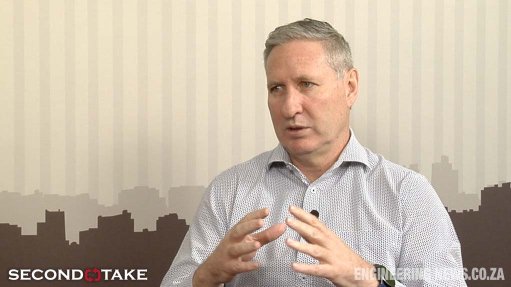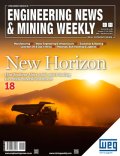Imported carbon guidelines must acknowledge local context when adapted to SA construction
This article has been supplied and will be available for a limited time only on this website.
By: Roelof van den Berg - CEO of the Gap Infrastructure Corporation (GIC)
Could South Africa’s construction industry benefit from best-practice frameworks developed halfway around the world? And how well do international guidelines like the recently released Best Practice Guideline for Carbon Smart Construction Site by the Hong Kong Construction Association translate into local realities?
The simple answer is that South Africa’s industry is simply too different in too many respects to apply them wholesale without making considerable adjustments.
For example, built around the “4M1E” model of man, machinery, materials, methods, and environment, the Hong Kong guideline sets out 36 measures aimed at making construction sites cleaner, more efficient, and more sustainable. For South Africa, where government has already shown leadership through the Climate Change Act, carbon budgeting frameworks, and sustainable procurement policies, the release of this international standard creates an opportunity to accelerate progress, provided it is adapted with care.
To make such guidelines work in our country, five key alterations must first be made:
1. Moulding guidelines to fit South Africa’s established legal frameworks
South Africa’s regulatory and legal environment differs sharply from Hong Kong’s. While government has put in place strong instruments to regulate emissions, applying Hong Kong’s measures requires translation into our own laws.
So, instead of direct adoption, the guideline could serve as a template, with each measure mapped against national and provincial legislation. A practical tool or checklist that allows contractors to cross-reference international best practice with local requirements would significantly simplify compliance.
2. Addressing cost discrepancies
Some carbon-smart measures are significantly more expensive in South Africa due to import costs and limited supply of specialised machinery or certified materials. Smaller projects, such as informal housing upgrades or municipal roadworks, often cannot absorb these costs.
Guidelines should therefore adopt a tiered approach: essential measures that are affordable for all projects, and advanced measures suited to larger, better-funded builds. Cost-benefit analyses must also be included, showing how upfront investment leads to lower energy and maintenance costs across an asset’s lifecycle.
3. Availability of technologies, machinery, and materials
Electric machinery, hybrid engines, and low-carbon steel are available at scale in Hong Kong, but remain limited in South Africa for the time being. Consequently, expecting universal adoption here without adaptation would be unrealistic.
Imported guidelines should encourage phased implementation and promote local equivalents wherever possible. Validating South African-sourced materials for embodied carbon and building partnerships with domestic manufacturers are essential steps.
4. Climate and environmental context
Measures effective in Hong Kong’s subtropical climate cannot be applied directly to South Africa’s varied conditions. For instance, in semi-arid regions, water-based dust suppression is not feasible, and in high-rainfall provinces, durable drainage is a greater priority.
Guidelines must therefore allow for flexibility, with options tailored to climate and terrain. Low-water dust suppression, shaded rest areas for workers in high-heat zones, and stormwater controls in flood-prone sites are all practical adaptations already in use.
5. Resilience to logistics and fuel challenges
South Africa’s long transport distances, variable fuel costs, and reliance on a supply chain that is revitalising itself present risks that Hong Kong’s compact geography often does not. Guidelines here must account for logistics, with strategies to optimise deliveries, minimise idle time, and build contingencies for energy and fuel supply.
Ultimately, international frameworks such as the HKCA’s guideline are valuable benchmarks, but their real worth lies in how they are adapted. South Africa already has the policy foundation for a low-carbon future. The task now is for the construction industry to bring these policies to life through practical action on sites across the country.
Through government’s continued leadership and industry innovation, South Africa can build infrastructure that is both sustainable and relevant to the unique challenges of our context.
Article Enquiry
Email Article
Save Article
To advertise email advertising@creamermedia.co.za or click here
Comments
Announcements
What's On
Subscribe to improve your user experience...
Option 1 (equivalent of R125 a month):
Receive a weekly copy of Creamer Media's Engineering News & Mining Weekly magazine
(print copy for those in South Africa and e-magazine for those outside of South Africa)
Receive daily email newsletters
Access to full search results
Access archive of magazine back copies
Access to Projects in Progress
Access to ONE Research Report of your choice in PDF format
Option 2 (equivalent of R375 a month):
All benefits from Option 1
PLUS
Access to Creamer Media's Research Channel Africa for ALL Research Reports, in PDF format, on various industrial and mining sectors
including Electricity; Water; Energy Transition; Hydrogen; Roads, Rail and Ports; Coal; Gold; Platinum; Battery Metals; etc.
Already a subscriber?
Forgotten your password?
Receive weekly copy of Creamer Media's Engineering News & Mining Weekly magazine (print copy for those in South Africa and e-magazine for those outside of South Africa)
➕
Recieve daily email newsletters
➕
Access to full search results
➕
Access archive of magazine back copies
➕
Access to Projects in Progress
➕
Access to ONE Research Report of your choice in PDF format
RESEARCH CHANNEL AFRICA
R4500 (equivalent of R375 a month)
SUBSCRIBEAll benefits from Option 1
➕
Access to Creamer Media's Research Channel Africa for ALL Research Reports on various industrial and mining sectors, in PDF format, including on:
Electricity
➕
Water
➕
Energy Transition
➕
Hydrogen
➕
Roads, Rail and Ports
➕
Coal
➕
Gold
➕
Platinum
➕
Battery Metals
➕
etc.
Receive all benefits from Option 1 or Option 2 delivered to numerous people at your company
➕
Multiple User names and Passwords for simultaneous log-ins
➕
Intranet integration access to all in your organisation










